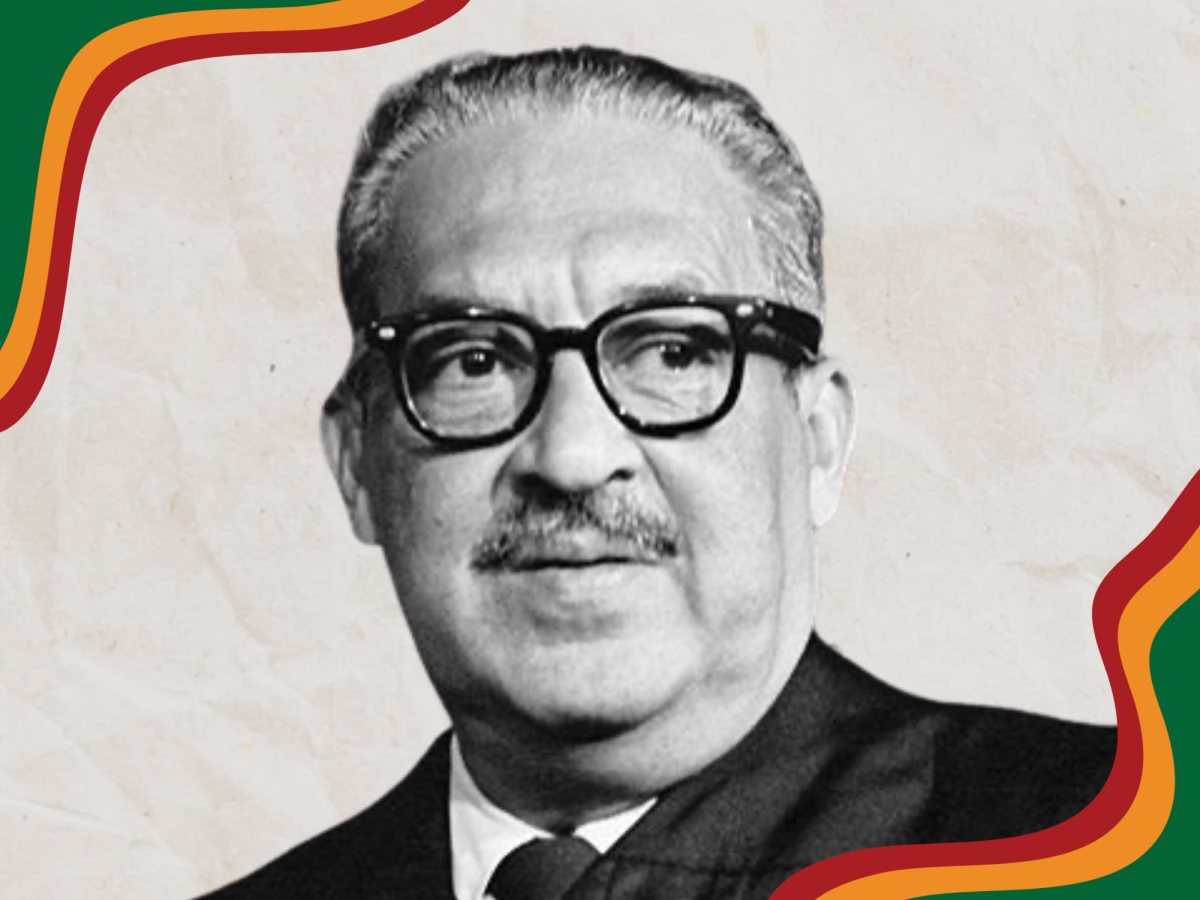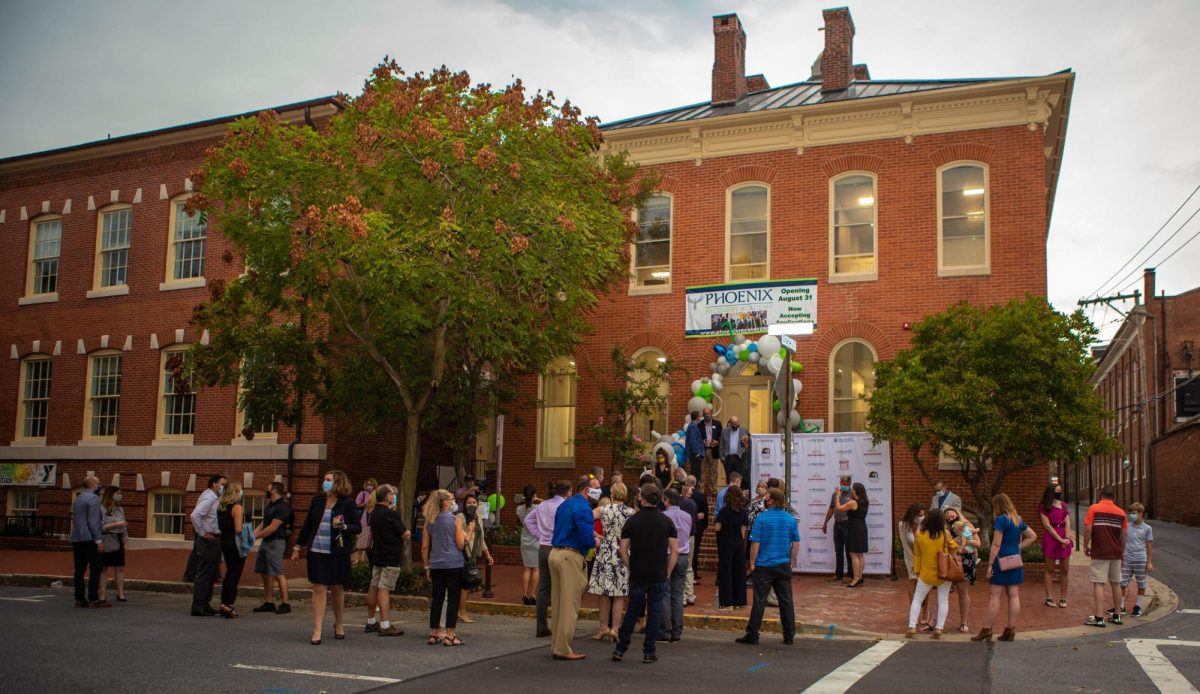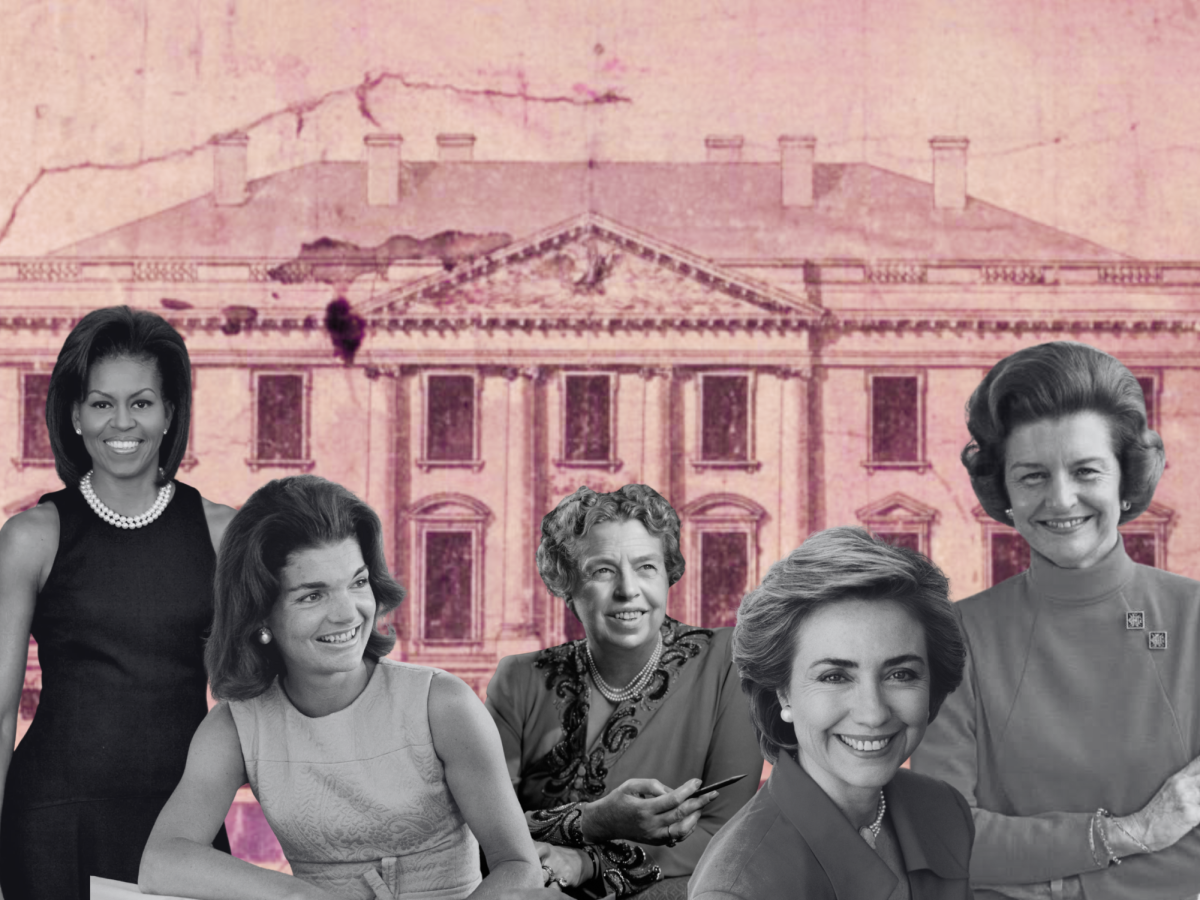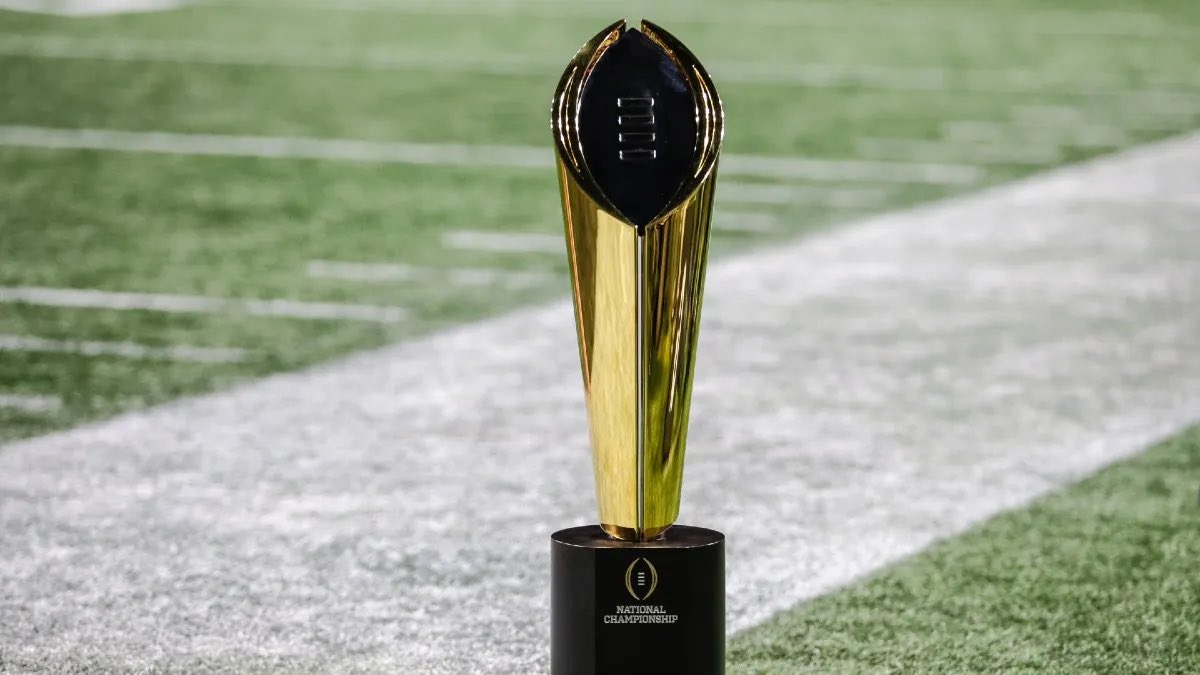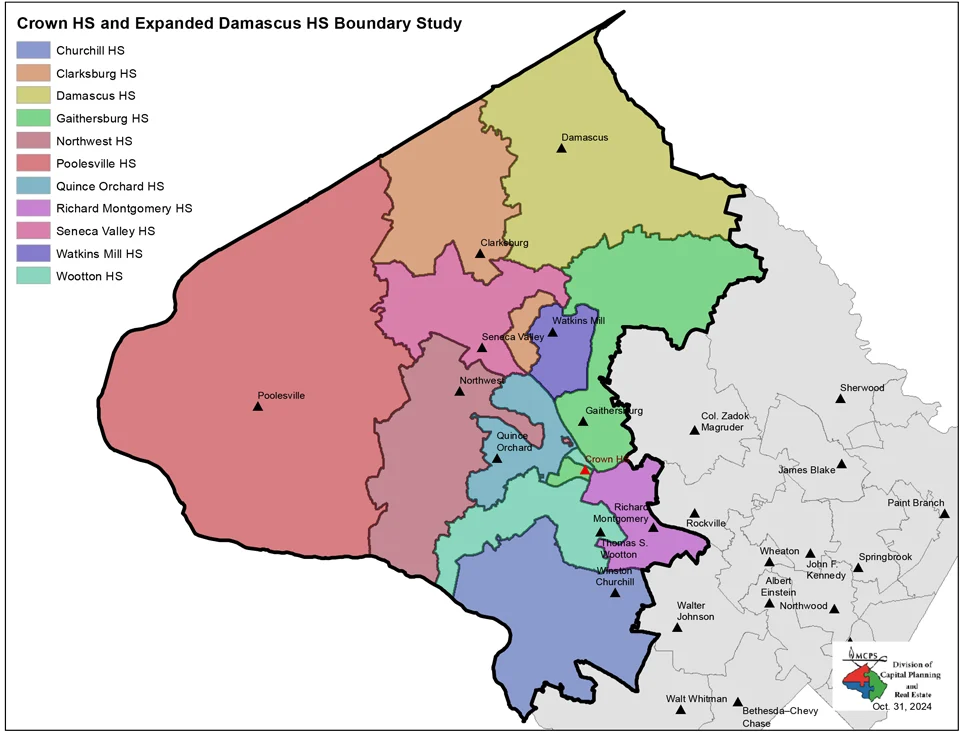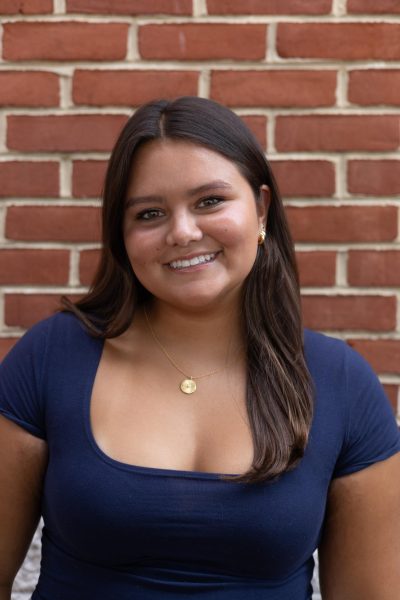Black History Month recognizes and celebrates the achievements and contributions of Black Americans throughout history, particularly spotlighting these accomplishments and individuals during February. This month, The Black & White remembers some of the most distinguished Black Americans in history, and they’re all from Maryland.
Thurgood Marshall was born in Baltimore, Maryland, on July 2 1908 to teacher Norma Arica and writer and dining-car waiter William Canfield Marshall.
Marshall grew up in Baltimore, Maryland and was raised in the city. Marshall’s parents attempted to shield their children from discrimination, living in the middle-class Upton neighborhood of West Baltimore, where Marshall eventually attended the first-rate all-black Frederick Douglass High School. Despite living in a nicer area, Marshall faced significant racial discrimination and segregation.
Marshall was known for disrupting his high school classes, behavior that teachers punished by forcing him to read the Constitution repeatedly. By his graduation, Marshall had memorized the Constitution, and Article III of the document inspired Marshall to use law as a stepping stone to counteract Jim Crow laws across the country.
After graduating from high school, Marshall attended the all-black Lincoln University, graduating at the top of his class with honors. After college, he decided to attend law school, crediting his interest in law to his father, who would take him and his brother to watch court cases and debate legal issues. Marshall’s first choice for law school was the University of Maryland School of Law, but the university rejected Marshall because of his race. Instead, Marshall attended Howard University where he met prominent historical figures such as Charles Hamilton Houston, the Director of the NAACP Legal Defense and Education Fund.
Marshall graduated as valedictorian from Howard University and turned down a postgraduate scholarship at Harvard to move back to Baltimore. He established his first private practice specializing in civil rights. Despite the practice’s financial struggles, Marshall never turned down a case.
Marshall first joined the NAACP as a volunteer within the Baltimore branch, later joining the legal department. After his denial from the University of Maryland Law School, Marshall sued the University for their race-based admission policies, claiming they breached the Equal Protection Clause. In the case, the Supreme Court ruled in favor of Marshall, declaring segregation in Maryland Law School illegal. The landmark victory established him as a leader in the American Civil Rights movement and he soon became the face of the NAACP’s fight for civil rights.
In 1940, Marshall founded the NAACP Legal Defense Fund and challenged Plessy v. Ferguson, which ruled for a “separate but equal” society on the basis of race. Marshall’s challenge to Plessy v. Ferguson ultimately led to the ruling in Brown v. Board of Education, effectively changing the U.S. education system forever.
On May 17, 1954, the Supreme Court declared the “separate but equal” doctrine unconstitutional in Brown v. Board of Education. The case was the culmination of five lawsuits against school districts in Kansas, South Carolina, Delaware, Virginia and the District of Columbia. Marshall led a group of attorneys to run the cases, winning a monumental victory after nearly two years of arguments.
After his 1957 victory, Marshall separated the LDF from the NAACP and traveled across the south supervising almost 450 simultaneous court cases. Among his many victories, he successfully challenged whites-only primary elections in Texas and argued for the Supreme Court to declare that state courts could not bar black people from buying or renting homes.
In 1961, Marshall was nominated to the United States Court of Appeals for the Second Circuit by President John F. Kennedy. After remaining on the court for four years, President Lyndon Johnson convinced Marshall to become Solicitor General until Supreme Court Justice Tom Clark resigned from the court in 1967. Johnson then nominated Marshall to serve on the Supreme Court, making him the first African American to do so.
Marshall served on the Supreme Court for 24 years. Outside of his strong support for civil rights, he supported reproductive rights and opposed the death penalty through his decisions.
Marshall retired from the Supreme Court in 1991, saying that the demands of his job were incompatible with his age and medical condition. He passed away at 84 years old from heart failure but his legacy of fighting for civil rights remains.



